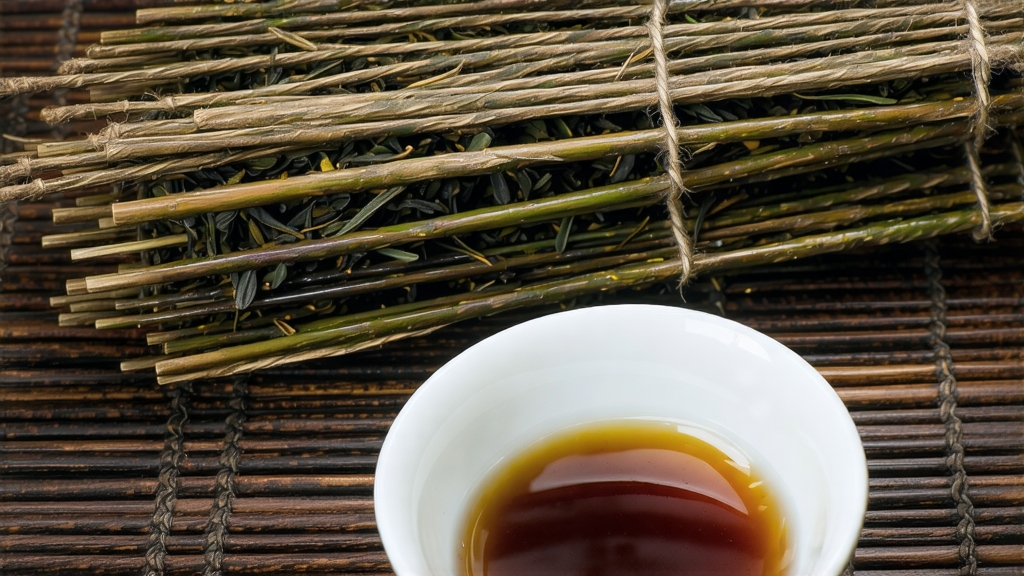
Ask most tea lovers to name China’s oldest black tea and they will answer “Lapsang Souchong.” Born in the cool, mineral-rich folds of the Wuyi range along Fujian’s border with Jiangxi, this leaf predates every other fully oxidised style by almost two centuries. Local chronicles credit its accidental birth to 1568, when a passing army commandeered Tongmu village during the late-Ming spring harvest. To dry the piled leaves before nightfall, anxious farmers spread them over fresh pine fires; the smoke perfumed the leaf, the leaf seduced the first Dutch merchants who reached Xiamen in 1604, and Europe’s centuries-long romance with “bohea” began. From that single twist of fate came not only a tea but a global commodity that would sail around Cape Hope, fill London’s coffee-houses, and inspire the planting of Assam, Ceylon and Kenya.
Yet today the word “Lapsang” is freighted with misunderstanding. Supermarket aisles offer harsh, tar-black flakes reeking of liquid smoke, while connoisseurs whisper of a vanished “original” taste—sweet, resinous, cooling, with a whisper of longan fruit. Both versions exist, because Tongmu never produced just one tea; it produced a family. To taste the real thing one must first learn the family tree.
Varieties under the Lapsang umbrella
- Traditional Zhengshan Xiaozhong – literally “small-leaf from the original mountain.” Made only in the 600–1,200 m core zone around Tongmu, using Caicha, Jiqing or Meizhan cultivars. The leaf is withered over gentle embers of local Masson pine; smoking lasts no more than 30 % of the firing time, giving a clean, fragrant smoke that lingers like campfire on wool.
- Wuyi Xiaozhong – same processing but leaf sourced from outer Wuyi counties. Smoke is lighter, body thinner, price friendlier; the everyday “mountain” style.
- Unsmoked Zhengshan – a recent innovation requested by Taiwanese merchants in 1979. Withering and firing use hot air instead of pine; the cup is malty, honeyed, closer to a Fujian red than to any stereotype of Lapsang.
- Flavoured variants – longan, cinnamon or even rose petals added during final firing; these are export curiosities rather than orthodox Tongmu craft.
Micro-terroir matters. The granite gorges of the Wuyi UNESCO reserve trap morning mist that slows oxidation and concentrates amino acids. Soils are coarse, acidic, rich in potassium; the same rock that gifts cliff oolongs with “yan yun” (rock rhyme) gives Xiaozhong a cool, stony finish beneath the smoke. Picking standard is one bud plus two leaves, early April, before the Qingming festival when saponin levels are lowest and leaf proteins sweetest.
Craft: from fresh shoot to fragrant twist
Withering – The moment the basket reaches the cottage, leaves are laid on bamboo screens suspended above a shallow pit of glowing pine embers. Temperature 28–30 °C, humidity 65 %. Over the next eight hours the farmer turns the leaf every twenty minutes; moisture drops from 75 % to 40 % and the grassy volatiles of green tea are replaced by precursors of honey and fruit.
Rolling – A 55 cm diameter bamboo drum, hand-cranked for 45 minutes, ruptures cells without shredding the leaf. Oxidation enzymes meet air; the pile turns copper, then chocolate.
Oxidation – Wuyi nights are cool, so the leaf is heaped in pine-wood boxes lined with wet cloth. Three hours at 24 °C; the master inserts a finger, smells the cuticle, decides when greenness has vanished and fruitiness peaks.
Firing (the smoking) – The same pit is re-loaded with long strips of Masson pine whose resin content is 9–12 %. A quick 180 °C blast drives residual moisture to 7 %, then the screen is raised 60 cm above the dying fire for the slow 6-hour “cold smoke.” Polyphenols adsorb guaiacol and syringol, molecules that later dissolve into cup-sweetness. Too hot and the leaf chars; too long and the smoke masks the